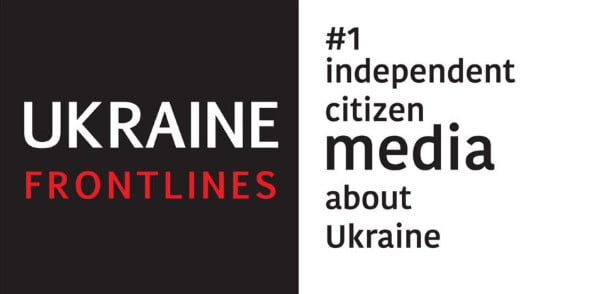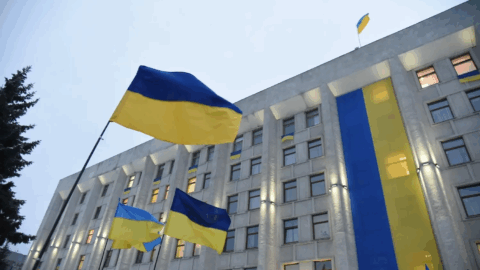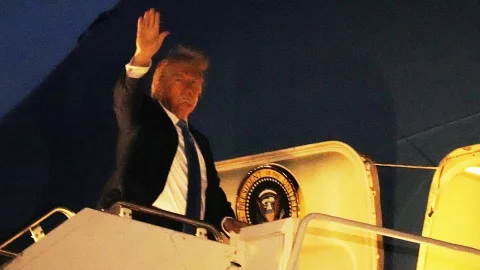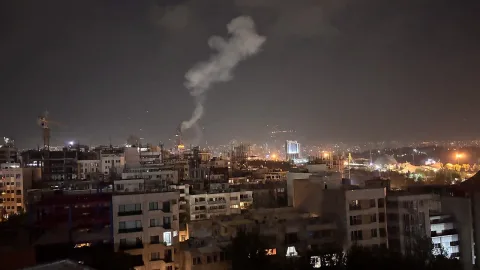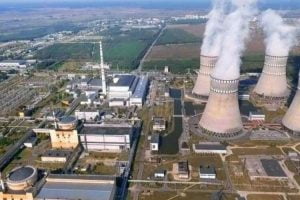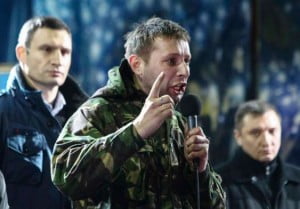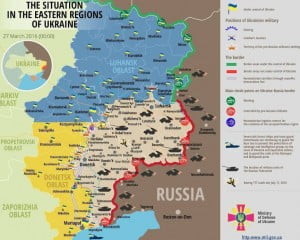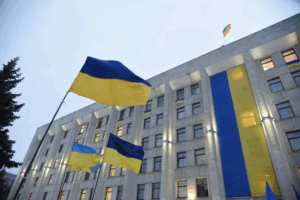I understand, on a human level, those Ukrainians who are desperately holding on to their belief that this war can end through negotiations in Saudi Arabia. But the reality is that the true path to ending this war lies in intensifying strikes on military and energy infrastructure targets within enemy territory. Moreover, these strikes need to happen now, so the enemy understands as quickly as possible what winter awaits their cities if they refuse to halt the fighting.
Of course, we are pleased that Ukrainian long-range kamikaze drones have once again attacked the Engels airbase, where dozens of cruise missiles were recently destroyed, missiles that will no longer reach Ukraine. We are glad that our drones have once again targeted military facilities in the Voronezh and Rostov regions. And we hope that they will once again reach Moscow, attack the Olenya airfield, where the Tu-95 bombers are based, and finally destroy the Shahed production in Yelabuga.
These are very challenging tasks. Both Moscow and the Shahed production facilities, as well as bomber bases, are heavily protected by air defense forces. We celebrate when a single air defense system is handed over to us from the West, while Russia produces up to 100 “Pantsirs” per year. And these are just the Pantsirs! There are also “Buk” systems, “Tor” systems, S-300/S-400, and a bunch of outdated junk that, nonetheless, shoots down our drones.
Breaking through air defense is very difficult. And it’s even harder to survive during drone launches, because a nighttime launch of 10, 20, or 100 drones is a full military operation, often involving hundreds of soldiers, dozens of pieces of equipment, a whole military camp, and a field airstrip where drones are gathered, checked, prepared for launch, and then launched.
It’s clear that the enemy makes every effort to detect launch sites and destroy the launch groups. The enemy is also actively searching for drone launch bases, hunting for production sites, and locations where long-range kamikaze drones are stored.
While the production of FPV drones might take place in a basement, garage, or even on someone’s kitchen table, the production of our Shaheds involves hundreds or even thousands of square meters. These drones are large and complex, requiring dozens of pieces of expensive equipment, and hundreds of workers and engineers. It’s very difficult to hide this, and it costs a lot. And we need a lot of drones.
That’s why it’s no surprise that no one publicizes their achievements, names, company names, or the locations of factories and military unit command posts. Everyone has heard of Madyar with his Birds, Achilles, K-2, Phoenix… But no one will name the surname or call sign of even one long-range commander. These people are so valuable that the enemy won’t hesitate to use an “Iskander” on just one of them.
That’s why it’s so difficult to raise funds to support the “long-range” units. There’s nothing to show—no names, no publicity, information is classified, except for what we hear, see, or read in the media: a strike on Engels, an oil depot burning, panic in Moscow…
Through our B-52 fund, we’ve collected about 23 million UAH over the course of the year to support long-range attacks—this is what famous FPV drone operators collect in a week, or even in three days.
With this money, we’ve purchased specialized trucks for transporting large UAVs, stations for REB (radio-electronic reconnaissance), which are extremely important for launch security, and have created long-range radio communication posts—currently, the communication range sometimes reaches 500 km.
A lot of money goes into vehicle repairs and further development of drones to tackle increasingly complex tasks of overcoming the enemy’s air defense and electronic warfare systems.
Right now, we have a practically targeted fundraiser—we want to finance the production of inexpensive but very high-quality kamikaze drones with a range of 700 km. How inexpensive? Well, usually, the price of a kamikaze drone with a range of over 300 km starts at around $50,000, but this one will cost only $5,000.
So far, the state has not allocated funds for serial purchases of these devices—they are still undergoing testing, but the preliminary results are very promising, and we hope to test them in Moscow.
If everything works out, you will see the results yourself.
Payment details are in the comments.
Vladislav Olenchenko, Yuriy Kasyanov
Tags: Analytics Russia russia ukraine war Ukraine war